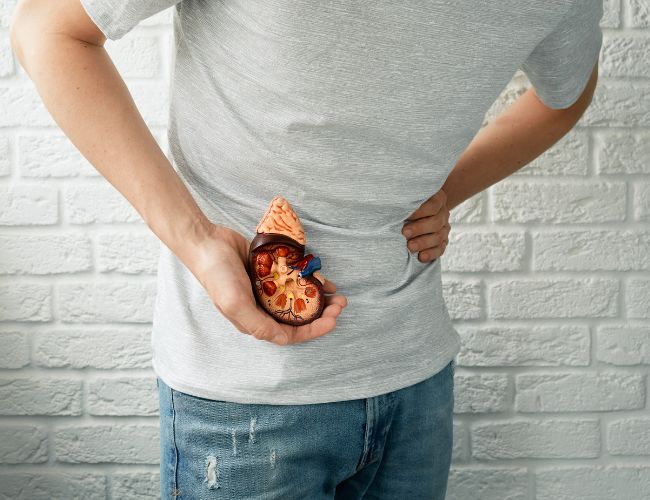What is a kidney stone?
Kidney stones are hard deposits which are made up of minerals such as calcium or waste products such as uric acid. Initially, they are small in size, but they can grow bigger as more minerals stick to them.
Some kidney stones often get cured on their own without any treatment. Other stones which are painful or get stuck in the urinary tract mostly removed with the help of surgery.
Surgery is performed to take out kidney stones if:
The size of the stone is very large and can't pass on its own.
- You're in a lot of pain.
- When the stone is blocking the flow of urine out of your kidney.
- If patients have urinary tract infections because of the stone.
What are the different types of Kidney Stone Procedures and Surgeries?
- Shock Wave Lithotripsy (SWL): SWL is the most common kidney stone treatment. SWL is used to treat small or medium stones. It's non-invasive procedure, which means no cuts are made on the skin.
- Ureteroscopy: Ureteroscopy treats stones which are stuck in the kidneys and ureters. The surgeon uses a thin, flexible scope to find and remove stones. In this procedure, no cuts are made to the skin.
- Percutaneous Nephrolithotomy or Percutaneous Nephrolithotripsy: If the size of the stone is large or lithotripsy doesn't break it up enough, the surgeon suggests Percutaneous Nephrolithotomy or Percutaneous Nephrolithotripsy. In this procedure, a small tube is used to reach the stone and break it up with high-frequency sound waves.
- Open Surgery: Open surgery is rarely performed for kidney stones anymore. But if the size of the stone is very large or it can't be removed or crushed or treated with other treatments, then open surgery can be an option.
What are the symptoms of kidney stones?
- Sharp, cramping pain in the back and side (in the lower abdomen or groin).
- A feeling of intense need to urinate.
- Frequent urination or a burning sensation while urinating.
- Urine that is dark or red in colour due to blood.
- Nausea and vomiting.
- For men, mild or sharp pain at the tip of penis.
